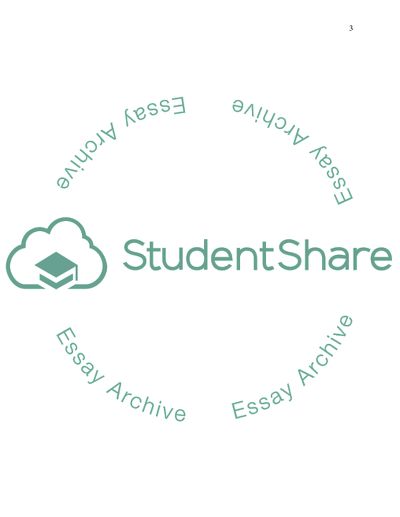Cite this document
(“Evaluating an International HRM strategy Essay Example | Topics and Well Written Essays - 5000 words”, n.d.)
Retrieved from https://studentshare.org/human-resources/1698107-evaluating-an-international-hrm-strategy
Retrieved from https://studentshare.org/human-resources/1698107-evaluating-an-international-hrm-strategy
(Evaluating an International HRM Strategy Essay Example | Topics and Well Written Essays - 5000 Words)
https://studentshare.org/human-resources/1698107-evaluating-an-international-hrm-strategy.
https://studentshare.org/human-resources/1698107-evaluating-an-international-hrm-strategy.
“Evaluating an International HRM Strategy Essay Example | Topics and Well Written Essays - 5000 Words”, n.d. https://studentshare.org/human-resources/1698107-evaluating-an-international-hrm-strategy.


